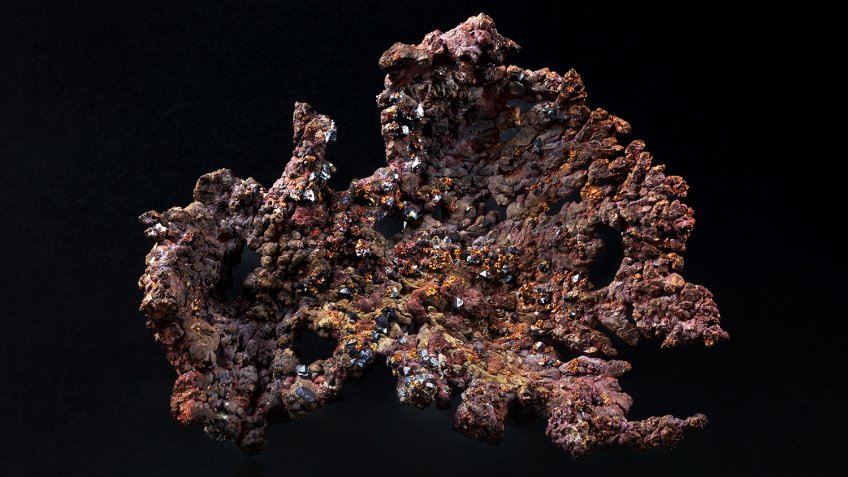The correct answers are as follows: on the window glass and in December. If, while the temperature is above zero, and provided the air humidity is high, a water film forms on the glass surface, then, once the temperature drops below freezing, the film may turn into a dendrite-like frost pattern.
Scientifically speaking, the phenomenon occurs because glass defects - micro-scratches or cracks - act as nucleating agents. Dendrites in the upper and lower parts of the surface are shaped differently. Those located at the bottom, wherein due to gravity more water accumulates, are usually larger. Consecutively, the water film is thinner at the top; hence dendrites are smaller.
Ice dendrite formations have been seen by many, and traditionally they are perceived as an attribute of Christmas and New Year, getting everyone into the Christmassy mood. Yet nature's creations may come in different forms and be made of unlikely materials. Such one is copper.
The term 'dendrite' comes from the Greek word dendron, meaning 'tree'. In metallurgy, a dendrite is a tree-shaped crystal that branches into two parts during growth. While growing, dendritic crystals spread in different crystallographic directions at different speeds, making them look as if they were leafless tree branches. Medieval alchemists actually believed that the full-grown crystals were one day a living substance, such as corals, for instance.
